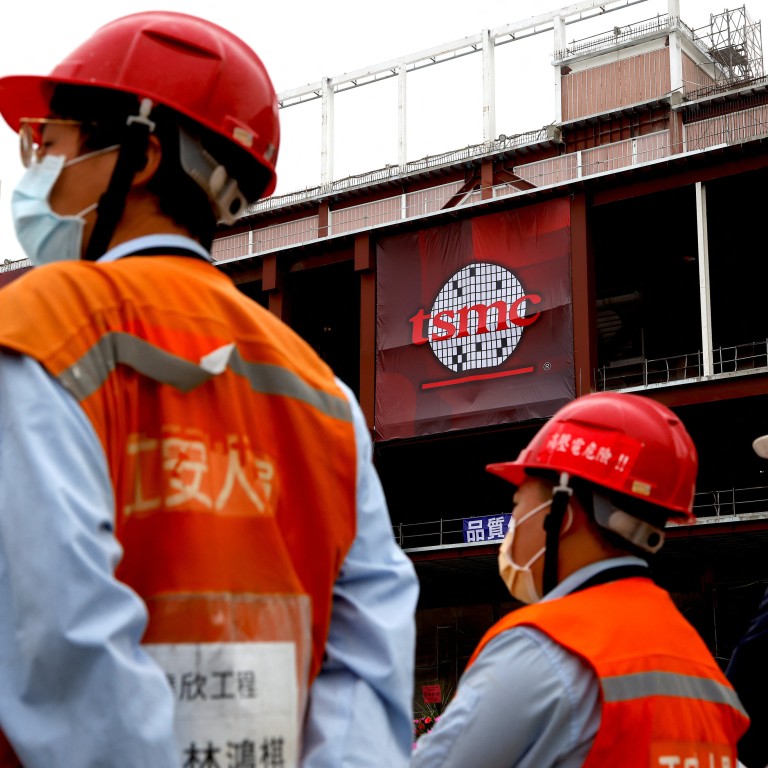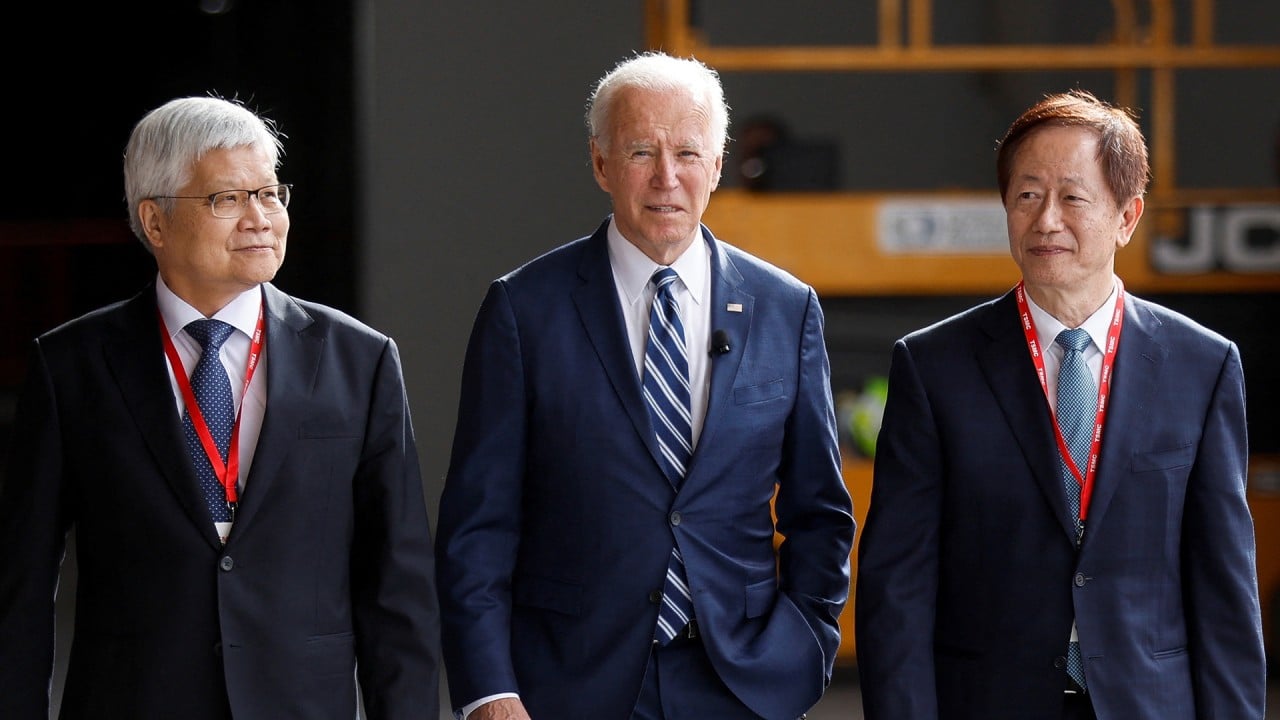
Taiwan chip output set to grow in 2023 amid ‘bullish’ talent demand, automotive trends despite slowing exports
- Demand for tech talent will be ‘bullish’ this year because Taiwan’s major chip suppliers will continue to expand their business, said SEMI Taiwan president Terry Tsao
- Taiwan’s exports fell by 12.1 per cent, year on year, to US$35.75 billion in December, marking a fourth straight monthly decline
New worldwide automotive trends will ensure that factory output and hiring for the massive Taiwanese chip sector will grow this year, according to a forecast from a semiconductor industry association, despite figures from Taipei showing a fourth straight monthly decline in exports in December.
Demand for tech talent will be “bullish” this year because Taiwan’s major chip suppliers will continue to expand their business, said Terry Tsao, president of SEMI Taiwan.
It is expected that automotive chips in 2023 will continue to push growth of the semiconductor industry
“Instability in supply-chain production and transportation congestion caused by supply shortages gradually eased in 2022 and are expected to recover to normal in 2023,” Tsao told the Post, referring to disruptions sparked by coronavirus controls.
“The demand for automotive chips will continue to increase with the introduction of electric vehicles and driver-assistance systems, and furthermore the supply of automotive chips continues to improve and gradually meet market demand.
“It is expected that automotive chips in 2023 will continue to push growth of the semiconductor industry.”
The global SEMI group, which has 2,500 members and covers the Taiwan organisation, said in December that producers worldwide would invest more than US$500 billion across 84 “volume” chipmaking facilities.
Construction on 28 of the facilities is due to start this year due to increasing demand for automotive chips and components for high-performance computing, the group said.
Taiwan supplies 60 per cent of the world’s chips, including some of the most advanced, that power smartphones, PCs and other consumer electronics.
But on Saturday, Taiwan’s Ministry of Finance announced a 12.1 per cent year-on-year fall in exports in December.
Exports last month totalled US$35.75 billion, but marked a fourth straight month of year-on-year decline.
A 1.4 per cent contraction in exports of components for electronics, which includes integrated circuits, contributed to the decline, with the segment making up more than half of the monthly total by value.
The ministry reported export value declines of more than 20 per cent for the plastics, chemicals and basic metals sectors last month.
December’s fall was “due to the continuous contraction in the export of traditional goods such as plastics and basic metals, as well as weakening demand for electronic components and IT other than integrated circuits”, the ministry said.
Last month, Taiwan’s exports to the United States eased by 2.6 per cent, while shipments to Europe fell by 10.5 per cent.
Fitch Ratings forecasts a recession in the US from the second quarter, and Goldman Sachs is predicting a 0.7 per cent contraction in the Eurozone from the final three months of 2022 until June.
Weak end demand in the US market will be the main reason for Taiwan’s sluggish exports
Exports will remain “relatively sluggish” through the second quarter of this year, said Darson Chiu, a research fellow with the Taiwan Institute of Economic Research.
“Weak end demand in the US market will be the main reason for Taiwan’s sluggish exports,” he said.
In mainland China, Taiwan’s biggest export market, a surge in coronavirus infections has kept consumers indoors and away from shops or entertainment venues despite an easing of economically damaging Covid-19 controls.
China’s export orders from Taiwan had fallen in previous months as lockdowns slowed factory work and consumption.
Exports from Taiwan to China fell last month by 16.6 per cent, year on year, to US$9.37 billion, ministry data showed.
Liang Kuo-yuan, the retired founder of the Yuanta-Polaris Research Institute think tank in Taipei, pointed to unsold inventory in Taiwan, including tech components and shipments that China would normally buy.
It’s not just information and communication technology, but non-ICT is doing poorly as well. The whole chain is being affected
“They can’t sell things off,” Liang said. “The export market is not good. It’s not just information and communication technology, but non-ICT is doing poorly as well. The whole chain is being affected.”
The “blue light” and a “dim” reading from the National Development Commission reflect the outlook for the next six months.
But exports of integrated circuits rose 5.1 per cent over the fourth quarter, the ministry data showed.
In November, the Taiwan government-funded Industrial Technology Research Institute said semiconductor revenue would grow by 6.1 per cent this year.
Hello, Mumbai? Taiwan’s tech firms consider ‘plan B’ amid US-China tensions
Chips made with advanced 3-nanometre technology will enter mass production in 2023 and reach the mass market by the end of the year, Tsao said.
“The proportion of devices switching to the new-generation process will gradually increase, and the market penetration rate of advanced processes will be improved,” Tsao added.
SEMI’s world headquarters in California anticipates that chip shipments globally grew in 2022 by 4.8 per cent, year over year, to a record high of nearly 14,700 million square inches, but it said growth is expected to ease this year “due to challenging macroeconomic conditions”.
Shipments should pick up again after 2023 due to “strong demand” for semiconductors from vehicle makers, factories and data centres, it added.


